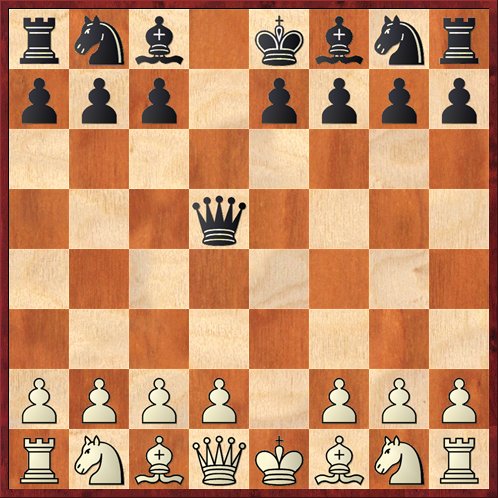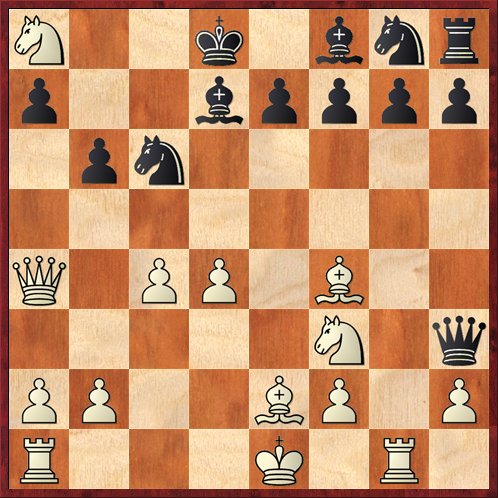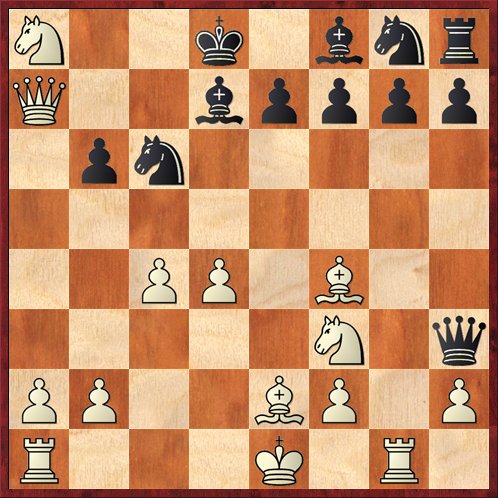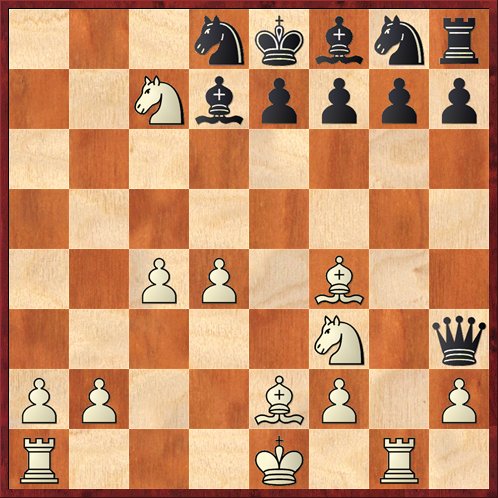I don’t usually play against the kids in the Aptos Library Chess Club, because the games are rarely satisfying in any way. Basically I just take material and win, because most of the students are not on a level yet where they know about keeping their pieces defended, anticipating their opponent’s threats, etc.
But yesterday a rarity happened. I played a game that looks almost as if it was composed as a perfect lesson on two very common themes in beginner chess: 1) Develop all of your pieces, and 2) Don’t bring out your queen too soon. I’m offering this game either to any chess teachers who might be reading this blog, or to any chess players rated under 1200 or so. (I think that for most players over 1200, everything I say below will be quite familiar.)
The full game is given at the end of the post. Here are some of the key positions in the game, with questions for the learner to think about. I was White and my student was Black.
FEN: rnb1kbnr/ppp1pppp/8/3q4/8/8/PPPP1PPP/RNBQKBNR w KQkq – 0 3
Questions: What are the advantages and disadvantages for Black in bringing out his queen to d5 so early? (Yes, there are some advantages.) What should White do to exploit the exposed position of White’s queen? After White’s most likely third move, Black needs to choose carefully where his queen should go to. What do you think is the best square?
FEN: r3kbnr/pppbpppp/2nq4/3N4/2PP4/5N2/PP2BPPP/R1BQK2R b KQkq – 0 8
Questions: White has just pushed his pawn from c2 to c4. Do you understand the purpose of this move? What do you think is White’s most dangerous threat in this position: 9. c5 or 9. Bf4? Do you have any idea of what Black can do about it?
FEN: N2k1bnr/p2bpppp/1pn3q1/8/2PP1B2/5N2/PP2BPPP/R2QK2R b KQ – 0 11
Questions: White has just won a rook. What should Black do? Give up? Take the free pawn on g2 with his queen? Try to develop his kingside pieces? How can Black develop and make threats at the same time? [Extra credit: Write a 500-word essay about the pluses and minuses of instant gratification versus delayed gratification. Alternatively, write an 500-word essay about the importance of never giving up.]
FEN: N2k1bnr/p2bpppp/1pn5/8/Q1PP1B2/5N1q/PP2BP1P/R3K1R1 b Q – 0 13
Questions: White’s last move, 13. Qa4, walks into a very dangerous threat. If you know about discovered attacks, what discovered attack can Black play in this position? If you don’t know about discovered attacks, suppose that somebody offered you a free move with the knight on c6, with a guarantee that White would not take it. What would be the best possible place you could move it to? (Only one move. No fair playing several moves.)
FEN: N2k1bnr/Q2bpppp/1pn5/8/2PP1B2/5N1q/PP2BP1P/R3K1R1 w Q – 0 15
Questions: There are certain standard sacrifices and standard checkmate patterns that every player above 1200, or at least above 1400, should know. This is one of them. How does White checkmate in five moves?
Now, here is the complete scoresheet. My comments to the game should answer most if not all of the above questions.
Let’s just look at the final position one more time.
FEN: 3nkbnr/2Nbpppp/8/8/2PP1B2/5N1q/PP2BP1P/R3K1R1 b Q – 0 19
I think there is a certain justice in the final position — it wasn’t just a case of me showing off against my student. Black’s big mistakes were playing too much with his queen and not bringing the other pieces out to help. And so what he ended up with was a position where his queen is way over on my side of the board and his king is in checkmate, surrounded by all of those pieces he never took the time to develop.









{ 1 trackback }